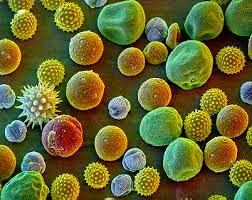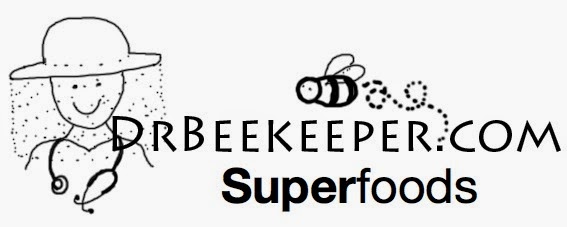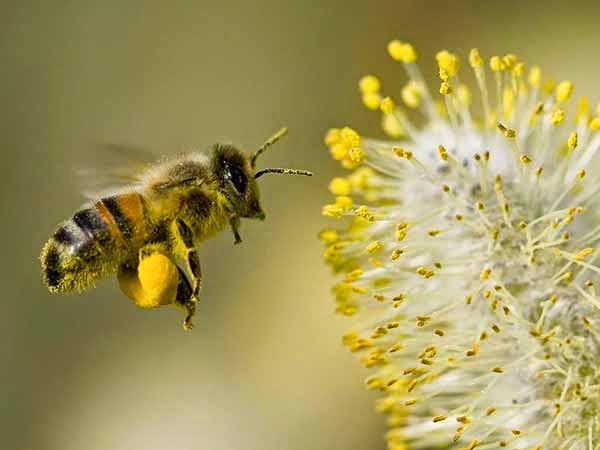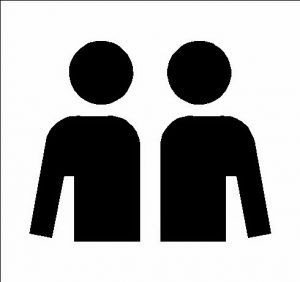
What is Pollen?
Bee pollen is the flower pollen that is collected on the legs and body of worker bees. The pollen itself is collected from a range of flowers. It is made in the ‘microsporangium’ which is the male part of the flower (anther in flowers or male cone of other plants). Each pollen grain contains two types of cells: vegetative (non-reproductive) and generative (reproductive) cells. It comes in a fascinating variety of different shapes and sizes which characterises the different species from which it arises. They vary in size from as small as 6µm (0.000006m) to 100µm (0.0001m). It consists mainly of carbohydrate with varying proportions of protein (from 7 to 35%).
 |
| The incredible variety of pollens as seen under a microscope |
What are the health benefits?
There are a wide range of uses for beepollen. It is used nutritionally as an appetite stimulant as well as for premenstrual symptoms, rhinitis, mouth sores, joint pains, and prostate disorders. Additionally, it is used for a range of gastrointestinal conditions including diarrhoea, constipation and colitis. Some people use it as a skin cream for eczema and nappy rash.
 How is it taken?
How is it taken?
The route of administration and frequency varies according to use. It is often sold as tablets combined with other hive products such as royal jelly. In terms of side effects, as with other products, there is a risk of allergic and potentially anaphylactic reactions to pollen. An allergy to grass pollen is known as hay fever and can be treated with antihistamines and decongestants. There is some evidence that pollen may be unsafe in pregnancy as it may stimulate the uterus. It should also be avoided during breast feeding as there is not enough evidence of the effect on the infant.

How is it made?
To harvest beepollen, you need a beepollen trap which is inserted inside the hive’s front entrance. The trap contains a collection drawer into whichpollen collects as the bees move through the mesh screen. The day after the trap is installed it should be checked, when all the bees are in the hive (either very early in the morning or late in the evening), to determine how frequently thepollen should be harvested based on the amount produced after 1 day. When there is sufficient beepollen for collection, wearing sterile gloves, the beepollen collected is poured into a plastic bag, then air dried (otherwise there is a risk of mould forming) before filtering (to remove impurities). Finally the beepollen is frozen immediately to prevent breakdown as it is highly perishable.
Disclaimer: Always seek medical advice before trying any new health or medicinal product.




